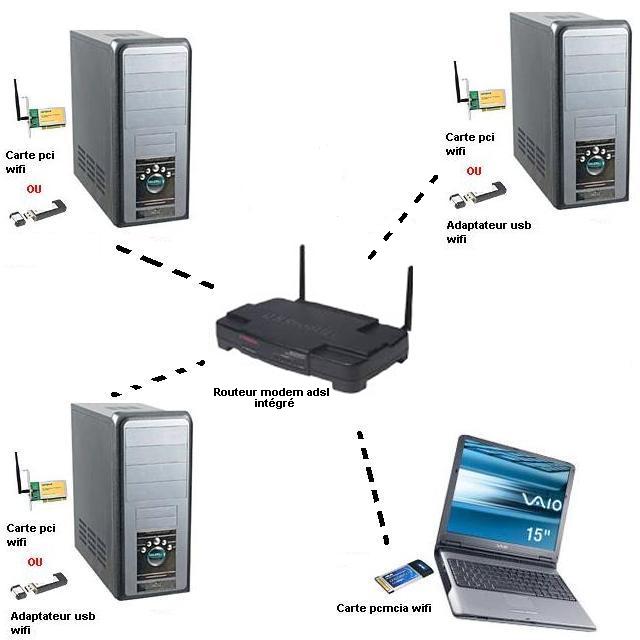

- AMPLIFY WIFI SIGNAL IN HOME HOW TO
- AMPLIFY WIFI SIGNAL IN HOME UPGRADE
- AMPLIFY WIFI SIGNAL IN HOME BLUETOOTH
- AMPLIFY WIFI SIGNAL IN HOME TV
- AMPLIFY WIFI SIGNAL IN HOME DOWNLOAD
While the methods above work, getting an upgrade is also a long-term solution to this issue.

AMPLIFY WIFI SIGNAL IN HOME DOWNLOAD
You can manually or automatically download firmware updates on your router’s admin portal or management app. So, from here now on, checking updates should be a monthly or bi-monthly routine. Updating your firmware fixes these bugs and will also give your home network an internet boost. You’ll know if the internet speeds are unusually slow, but there’s no problem on the internet service provider’s end.

If you’re starting to notice that your router isn’t performing as well as it used to, then it means it’s slowed down by bugs. Plus, you can enjoy the best of both worlds of 2.4 GHz and 5GHz! 3. Your router assigns which band should each device use to make sure that it’s getting fast speeds. Smart Connect automatically chooses the best band for your devices. Or if your router supports Smart Connect, you can set it up on your router’s admin page. You can change to the 2.4 GHz by manually switching to the 2.4 GHz band on your mobile device. Because of that, it’s prone to interference and is relatively slow compared to 5GHz.
AMPLIFY WIFI SIGNAL IN HOME BLUETOOTH
It’s important to remember that 2.4 GHz is also used by other devices like your microwaves, baby monitors, smart TV, and Bluetooth devices. You may get slower speeds, but it’s definitely more reliable and stable. This way you can get faster and higher speeds.īut if you’re a bit far from the router, use the 2.4 GHz band. That being said, if you’re near the router, you can use the 5 GHz channel. The main difference between the two is the 2.4 GHz band works better in penetrating walls and reaching farther places. Switch your WiFi frequencyĭual-band and tri-band routers both have 2.4 GHz and 5 GHz frequency bands. If you have a multi-story house, put your router as close to the ceiling as possible. WiFi signals slow down when there are plenty of obstructions, so make sure to keep your router away from the following:Īs much as possible, put your router in a central location, 2 to 3 feet above the ground. Put your router in a different locationĬhanging your router’s location can make significant changes to your signal at home.

It’ll cost you almost nothing and all you need to do is tweak a few things at home.
AMPLIFY WIFI SIGNAL IN HOME HOW TO
Here are some ways how to boost internet signals without breaking the bank. Why do walls slow down internet signals?.Two things to remember though: not all wifi hubs will have 5Ghz capability, and not all devices will connect to the 5Ghz frequency - for example, some wifi enabled home appliances will only connect to 2.4Ghz - so you may find one or two devices that won’t work with it. If you switch to the 5Ghz channel, that should eliminate some of the interference, and also give you faster speeds. But that means it can also become more congested and prone to interference. It has a longer range and it’s compatible with more products that its 5Ghz counterpart. The 2.4Ghz band is by far the most commonly used. Most modern wfi hubs will offer 2.4Ghz and 5Ghz bands, and use them simultaneously, so there’s a chance you’ve connected to both in the past without noticing. You can change the channel on your wifi until your find one that works best for you - ie not the default one all your neighbours are probably on too. Your wifi hub has channels that you can change through your router’s admin settings, usually accessed by typing 192.168.0.1 into the address bar on your web browser. It can make a huge difference to your signal quality. If possible, put it somewhere a bit more central, and away from other electronic equipment. Baby monitors, phones, TVs - they can all negatively affect your signal.
AMPLIFY WIFI SIGNAL IN HOME TV
That means not tucked away in a corner, like we had it, or inside a TV unit, or beside walls or other obstructions. Put simply, wifi equipment does better in an open space, near the centre of your house if possible. You can seek advice from your provider, who may be able to shed some light on the matter, but here are some things you can do in the meantime. Sure, the closer you are to your modem the better, as wifi signals obviously have a limit on range - typically around 32 metres - and that is affected by things like thick walls, steel and and interference from other devices.īut there are some things you can do. And it’s just as annoying to find you can’t access your wifi from all areas of your home. Your home doesn’t have be a palatial residence with more rooms than people, or an old house with thick walls to hamper your home internet access new builds and small apartments are just as susceptible to wifi black spots as older, larger buildings. That’s usually because there are areas in your home where your wifi signal either doesn’t seem to reach or performs so poorly it may as well not bother. Wireless internet access is both the biggest convenience and - for some of us at least - the biggest bane of our lives.


 0 kommentar(er)
0 kommentar(er)
